Now more than ever, Realtors and real estate photographers are using drones to create both still images and videos of properties.
Not only does the perspective from above offer an excellent view of the entire property, but it also allows you to highlight the location of the property, the proximity of neighbors, amenities, streets, and so forth.
You can even use a drone to take photos and videos inside a property, which helps create a dynamic marketing portfolio that can help get the property sold faster.
If you’re new to using drone photography for real estate, consult the article below for some tips on how to get started.
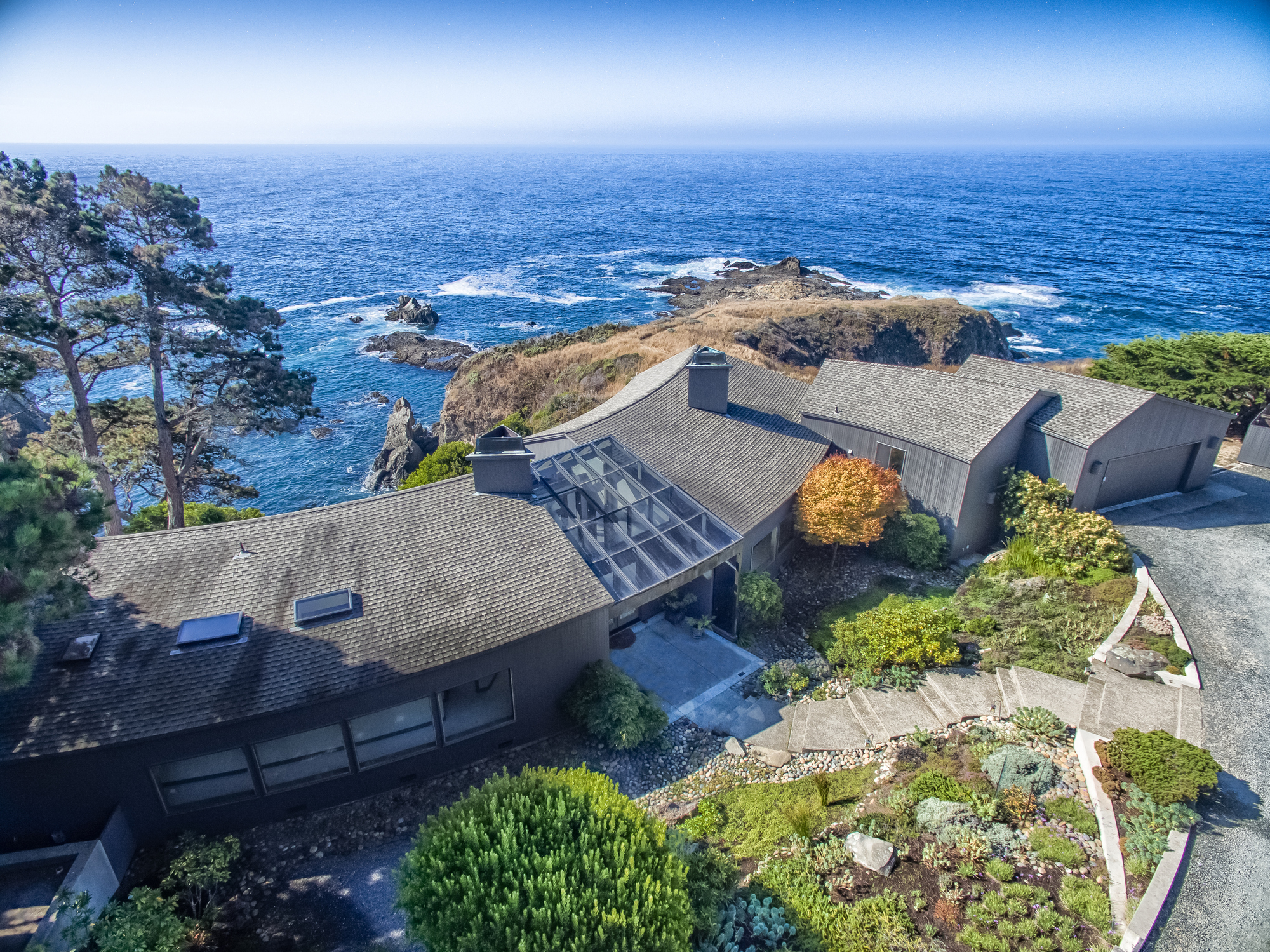
Benefits of Using a Drone for Real Estate Photography

photo by JamesBrey via iStock
Since the vast majority of home searches begin online, a drone is a perfect tool for a real estate photographer to capture the attention and imagination of potential buyers.
Using a drone, you can:
- Show interesting architectural details
- Give viewers an overview of the property
- Highlight million-dollar views
- Explore the surrounding area
- Help potential buyers envision themselves living on the property
And that’s just the start.
While still photos and videos taken from ground level can be very well done and engaging to potential buyers, drone footage can help you elevate the quality of the portfolio of images you create. Pairing the two together is an ideal approach.
Step 1: Get a Drone for Real Estate
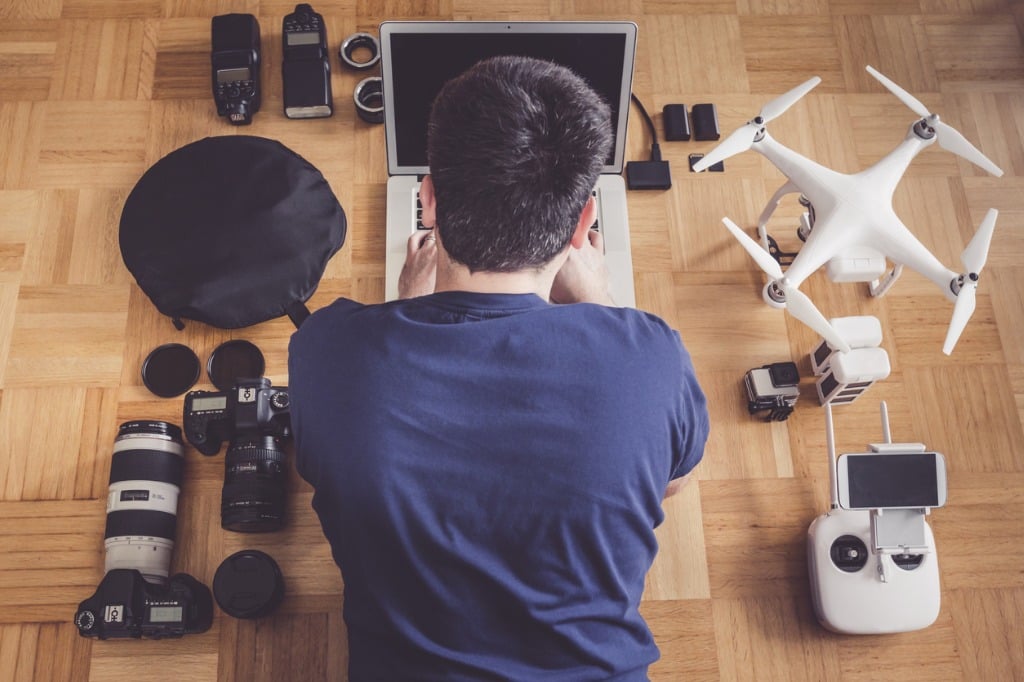
photo by nullplus via iStock
Today, there are dozens and dozens of drones that could be used for real estate photography. All that selection can be a bit overwhelming, though.
When shopping for a drone for real estate, considering which features are useful can help narrow the options. Features to look for include:
- Camera quality - You want a drone with a high-resolution camera (i.e., 20-megapixels) that offers 4K video capabilities with a high frame rate (i.e., 8 fps).
- Flight time - Most top-end drones are capable of 25-30 minute flight times, which should be sufficient for most properties.
- Control range - Some drones only have a range of several hundred yards, which can inhibit your freedom to get high-angle or wide-angle photos and videos of a property. If possible, get a drone that has a range of at least one mile just to be safe.
- Stability - A drone with a built-in gimbal or gyroscope will help keep it level for sharp photos and smooth videos. Some drones are so stable that you can get bracketed exposures as well.
- Safety features - Many drones have anti-collision systems and fail-safes that return them to home when the battery is low. These features are particularly important if you’ll be using them in populated areas.
Below is more information about three drones that fit the criteria above.
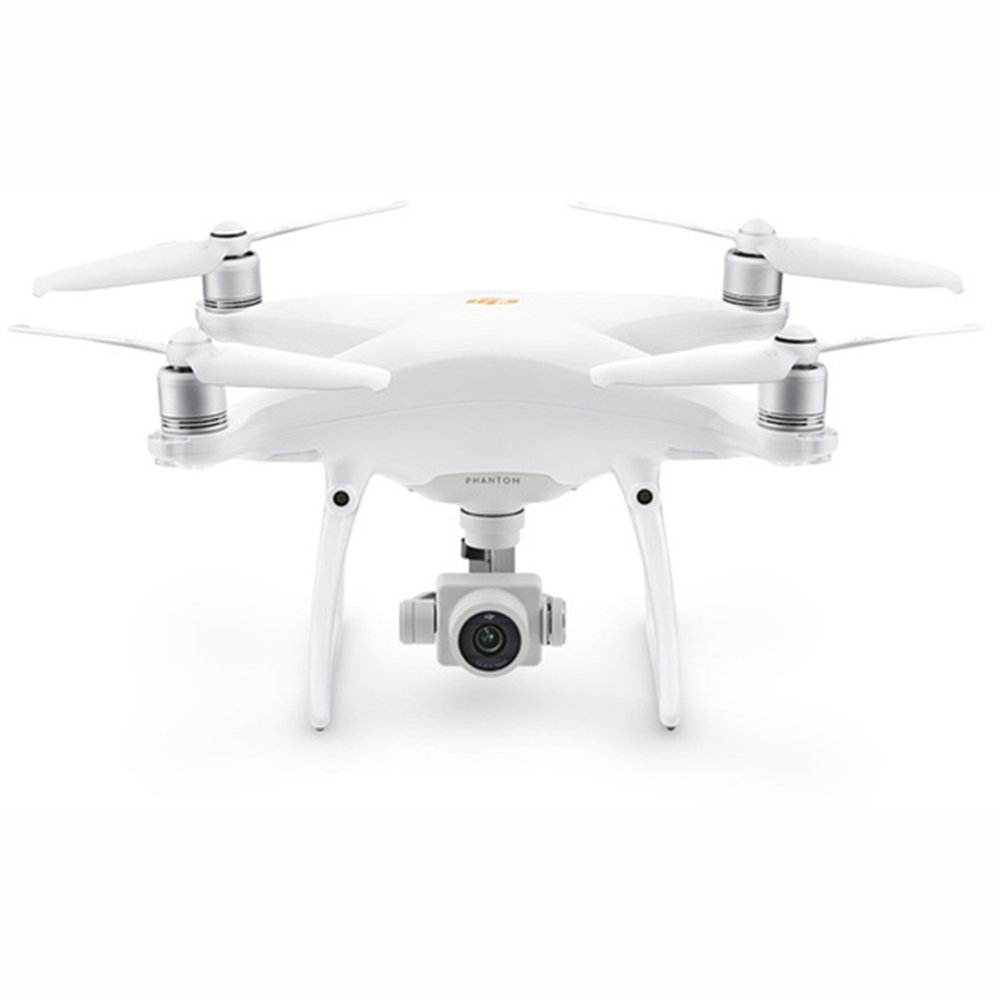
The DJI Phantom 4 Pro V2.0 gets high marks from real estate photographers for its 20-megapixel camera, its ability to shoot 4K video at 60 fps (which is great for slow-motion video), its 30-minute flight time, its multi-directional obstacle avoidance system, and its range of well over four miles.
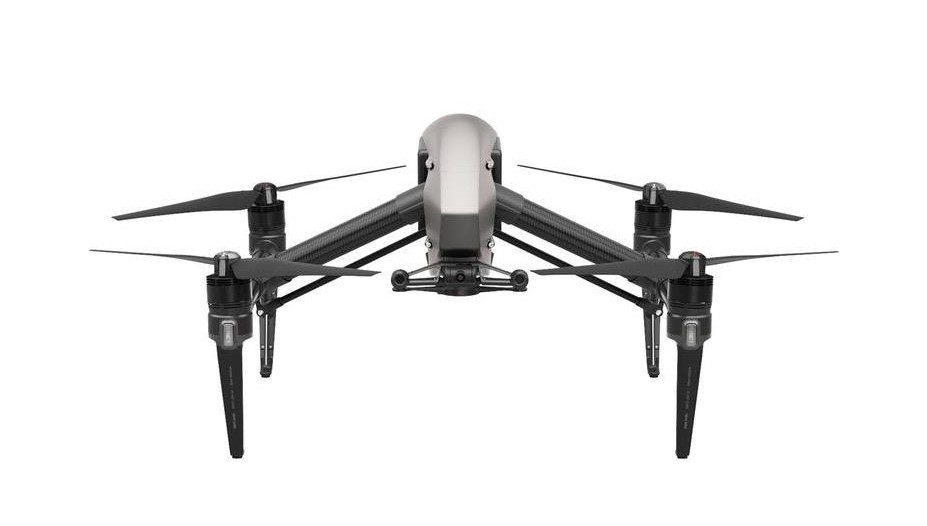
The DJI Inspire 2 is another solid option for real estate photography. It has a one-inch, 20-megapixel sensor that is capable of recording video at up to 6K. Its dual battery system enables flight times of up to 27 minutes while its self-heating technology allows you to fly in cold temperatures. With multiple intelligent flight modes, you can create sweeping, cinematic videos of properties with the touch of a button.
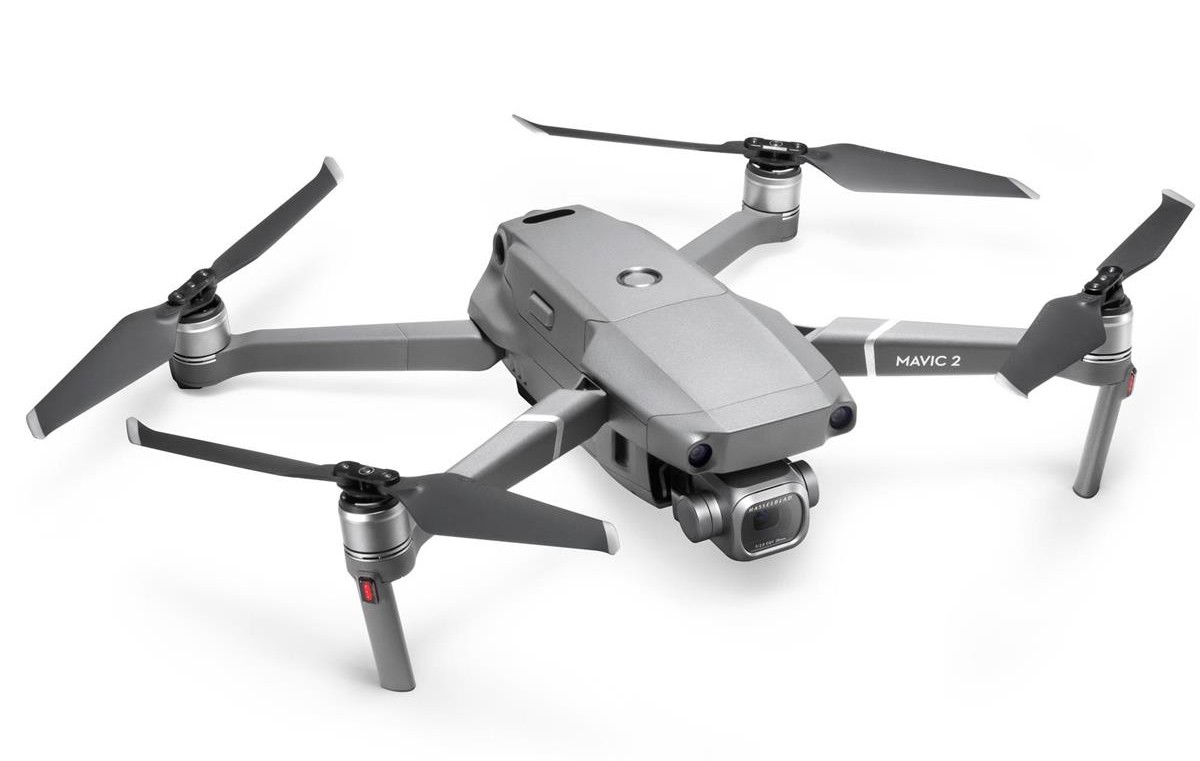
A final option is the DJI Mavic 2 Pro. Perhaps the best feature of this drone is the Hasselblad 20-megapixel sensor that has an adjustable aperture from f/2.9-f/11 and an ISO range up to 12,800. The camera supports 10-bit 4K video capture and has 10-bit Dlog-M color profile, which gives it enhances dynamic range. With a flight time of 31 minutes, a range of more than five miles, and an object avoidance system on all sides, this compact drone is ideal for real estate applications.
Step 2: Learn the Regulations for Drone Flights & Practice Piloting Your Drone
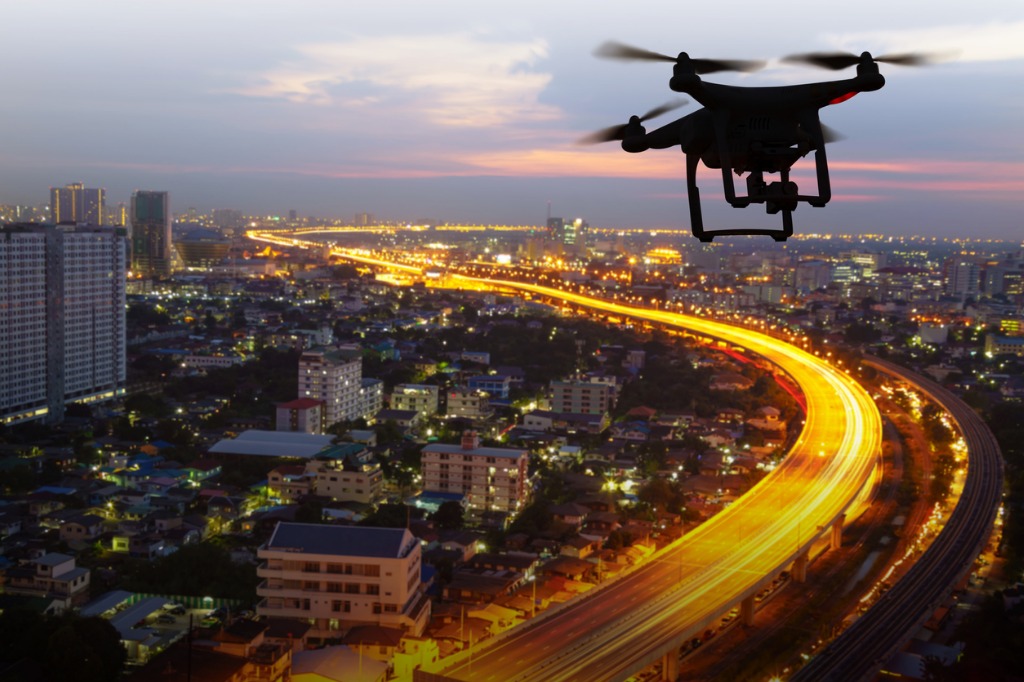
photo by Naypong via iStock
Before you take flight with your drone, it’s necessary to familiarize yourself with the regulations governing drone flights.
Bear in mind that these regulations vary from country to country, and even municipality to municipality. Therefore, don’t assume that the flight rules that apply in your area apply in a different town or city.
If you’re in the United States, you must obey Federal Aviation Administration (FAA) rules when flying your drone, such as deferring to other aircraft. Likewise, you must register your drone with the FAA before you undertake flights.
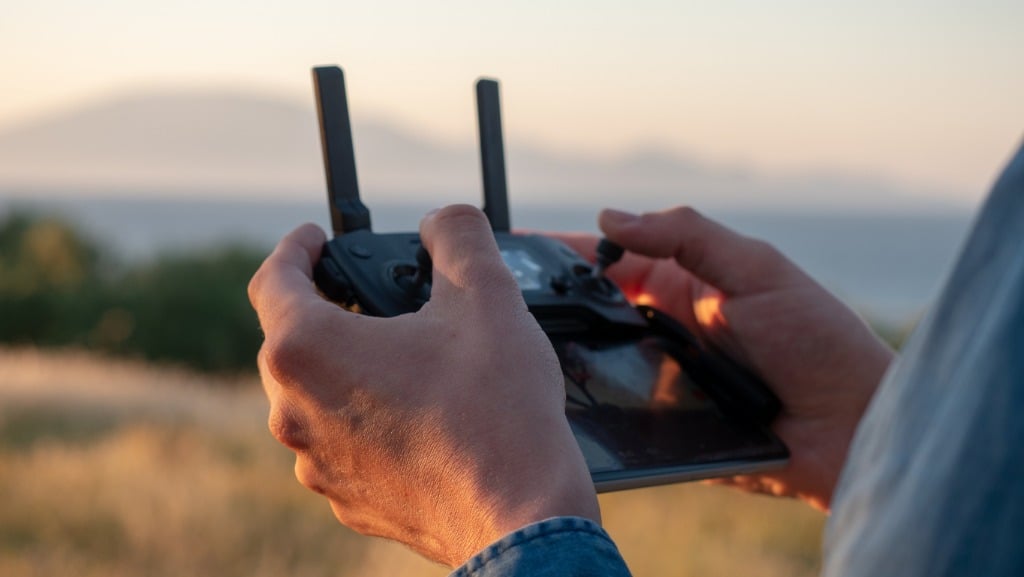
photo by @jansmartino via iStock
Once you’ve become familiar with flight regulations, practice your drone flying skills in an open area away from homes, businesses, roads, and other areas where property and people are found. An open field with broad sight lines is ideal.
To begin, simply learn how to fly and maneuver the drone. Learning the controls as well as the limitations of the drone will take a bit of time and practice.
Once you’re comfortable flying, then expand your practice into taking still photos from various angles and altitudes. Do the same with video as well.
Step 3: Master Drone Photography Composition
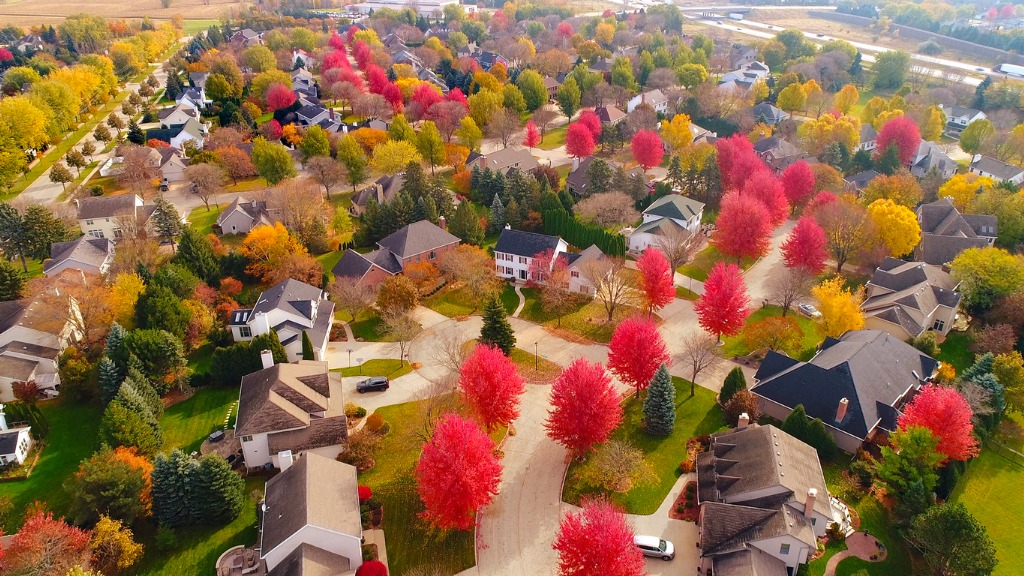
photo by JamesBrey via iStock
The obvious advantage of having a drone for real estate photography is that you can highlight property features in a unique way.
But there’s more to it than simply hovering the drone over the backyard pool.
Instead, it’s necessary to work on the composition of your shots to best showcase the property’s features.
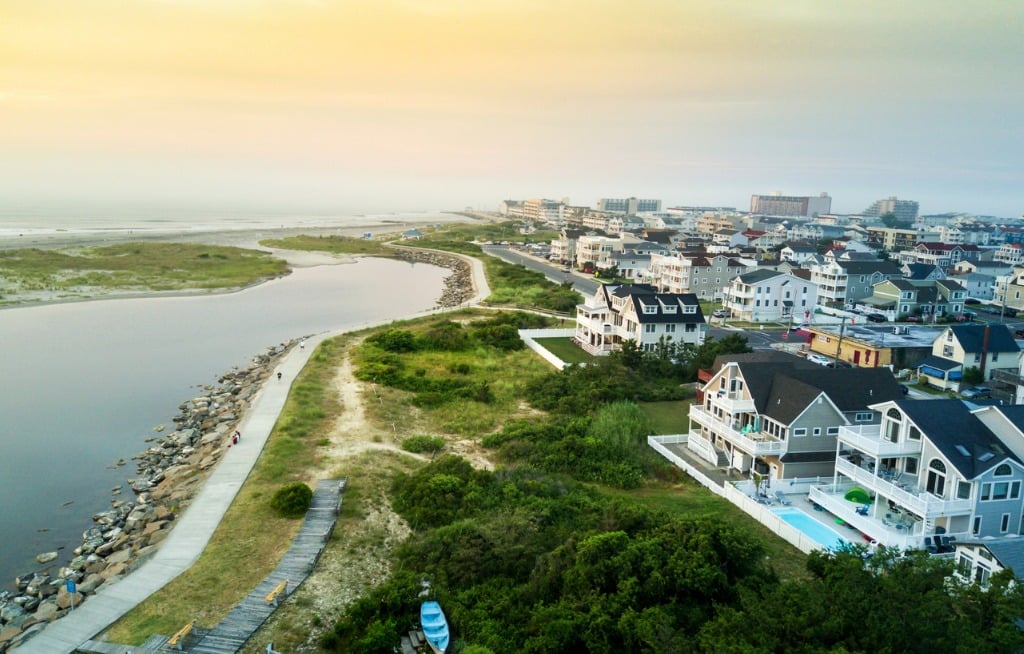
photo by Creative-Family via iStock
For example, if a home has a fabulous backyard, a high, wide-angle shot might be just the trick for showing off the yard in its entirety.
Then, pair that still shot with one from the opposite side of the yard to give potential buyers a view from another angle.
Additionally, many drones have automatic flight path features that you can program via GPS. That means you can select a flight path for the drone and create a video tour of the features you wish to feature.
Step 4: Understand the Limitations of Your Drone’s Camera
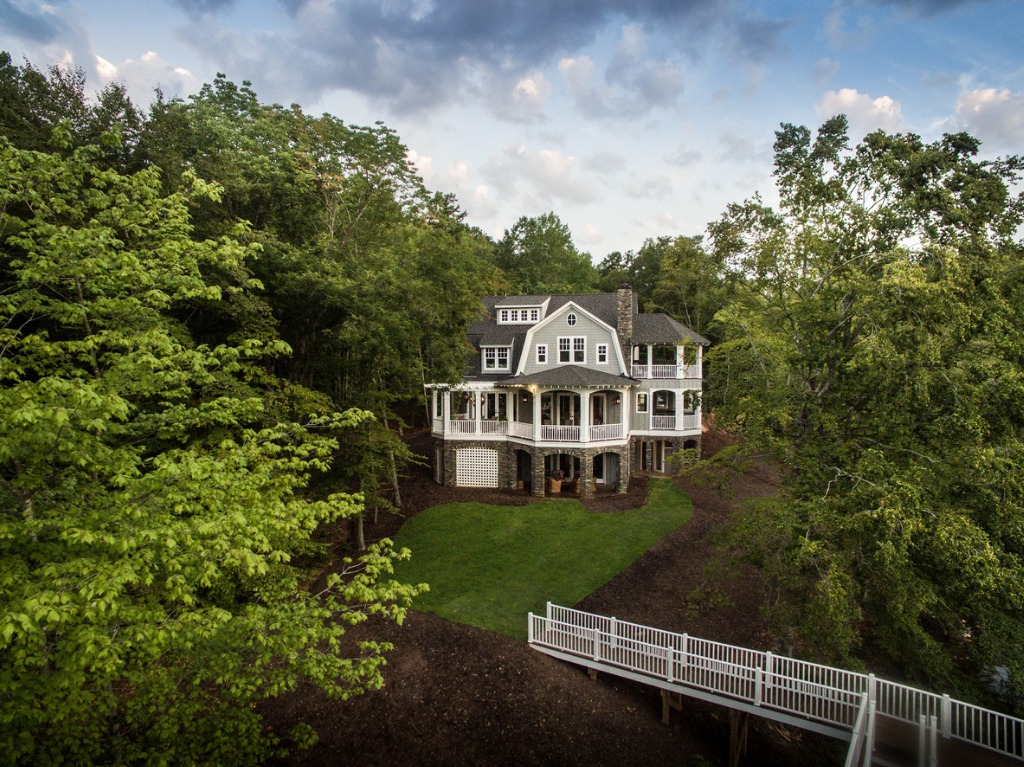
photo by PBFloyd via iStock
Just like your smartphone, DSLR or mirrorless camera, your drone’s camera can’t do everything perfectly. You may well find that you need to fine-tune the photos you take from the air in post-processing to get the best results.
For example, if you’re shooting from a drone on a day in which there is very strong sunlight, you might find that the camera can accommodate the highlights or shadows, but not both.
This occurs because the dynamic range - the range of light intensities from dark to light - is too much for the camera to handle in a single image.
To get around this issue, you can bracket the exposures and take 3-5 identical shots, each of which is taken at a different shutter speed. That is, take one shot that’s exposed for the shadows, another identical shot that’s exposed for midtones, and a final shot that’s exposed for the highlights.
Then, you can merge the exposures in a program like Photomatix Pro to create a single image that has beautiful details throughout the shadowed and highlighted areas.
Wrapping It Up
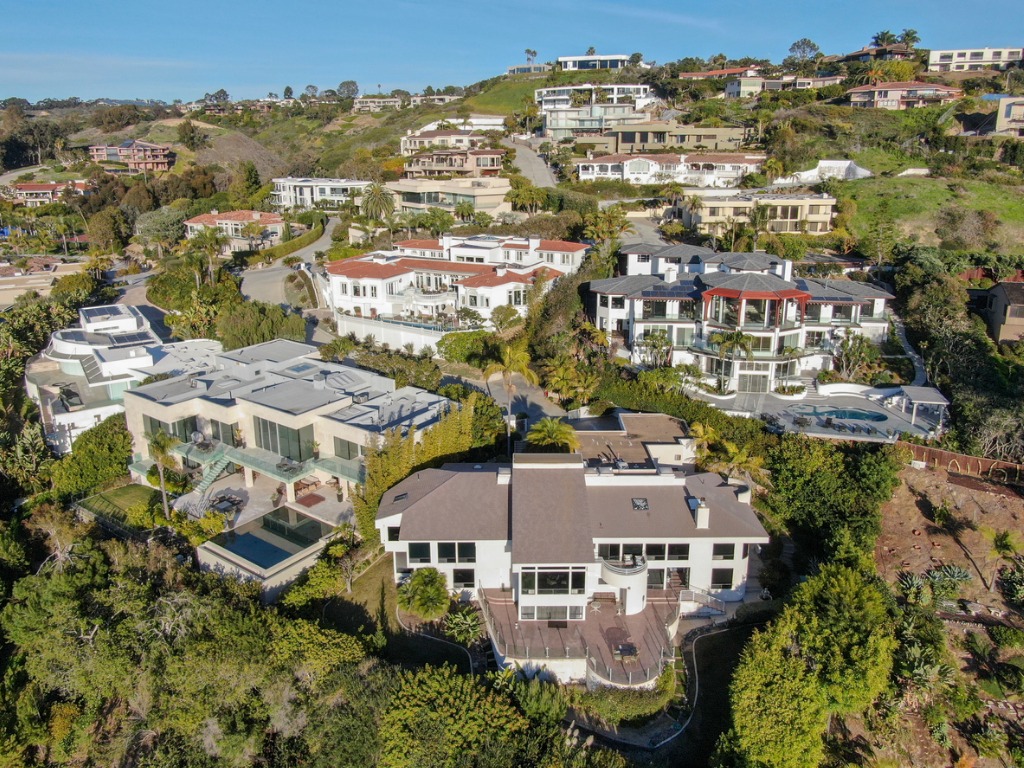
photo byThomas De Wever via iStock
As noted earlier, mastering the art of drone photography for real estate requires that you have the right gear, that you practice and familiarize yourself with local drone regulations, that you concentrate on creating well-composed shots, and that you perfect your images in post-processing.
If you can commit to this process, you’ll be in good shape to create gorgeous photos and videos of real estate using a drone.
This blog post about "Getting Started in Drone Photography for Real Estate" was first published on our website here https://www.photographytalk.com/drone-photography-for-real-estate
This blog post about "Getting Started in Drone Photography for Real Estate" was first published on our website here https://www.photographytalk.com/drone-photography-for-real-estate